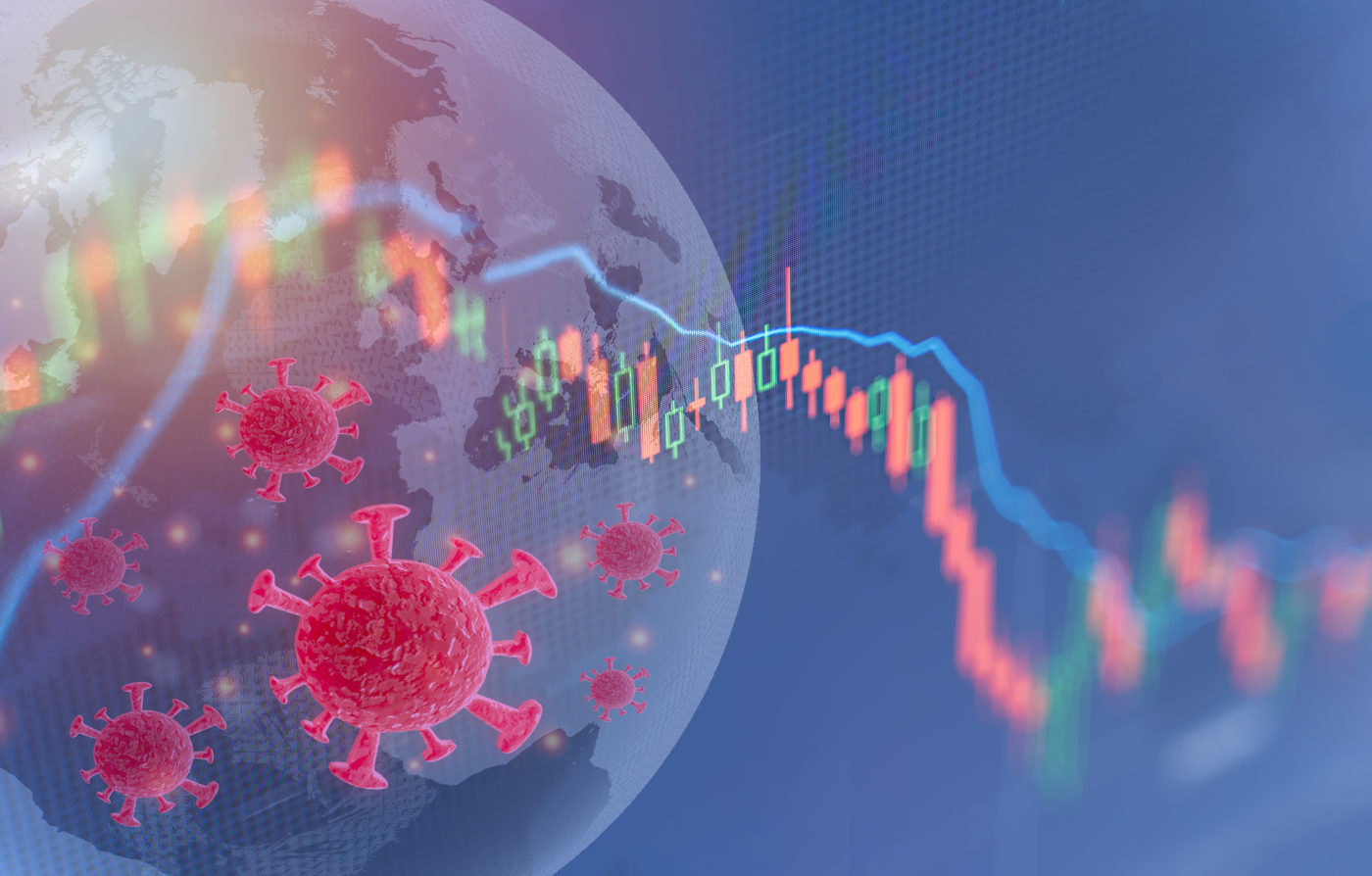
By The Numbers: The Health and Wealth of Nations
September 2, 2020

Our Director of Finance is back! This week’s post from Jason Leach, takes a deep dive into the health and wealth of nations around the globe. Join us as Jason’s discusses the link between healthy populations and wealthy countries and the short- and long-term effects of hemp and hemp-based products upon those populations.
“Everything Happening All at Once”
As we enter the last quarter of an eventful year, we are near a point of reflection on what has happened and what is to come. As Paul Coehlo put it, “Life has many ways of testing a person’s will, either by having nothing happen at all or by having everything happen all at once.” In the 21st century, we’ve had more of the latter, and 2020 has taken the blue ribbon thus far. This year, we’ve experienced a “fast pandemic on top of a slow pandemic” – months of COVID-19 on top of decades of poor lifestyle choices and chronically poor health. Looking forward, as the “slow pandemic” has risen to the top of our collective conscious, personal health will be a priority like we’ve never seen – preventive, conscientious health choices not just for one’s family but for the wider village and indeed our nations and the world. A nation’s economic health is tied to the health of its population. It’s not just intuitive, it’s the math, and the numbers are big. As we address the short term and the long term, it’s beyond serendipitous to have hemp and hemp-based phytocannabinoids become widely available for the first time just two years before the greatest “fast pandemic” in one hundred years, in order to tackle the next twenty years of “slow pandemic” and economic consequences. Going forward, in short, the fast pandemic will pass but the slow pandemic represents a multi-trillion-dollar question and opportunity.
Part I: A Nation’s “Economic Health”
Gross domestic product is essentially a report card on a country’s “economic health”. The most common way to look at GDP in the short term is through consumption or expenditures – that is consumer, business and government spending. Over the long term, a nation’s GDP, or economic health, is impacted by changes in labor force population and productivity which in turn relies upon that labor force’s physical and mental health.
I made these cartoons some years back to illustrate the two views of “economic health” or GDP, short and long term.


In the short term, an economy’s health is determined by consumption patterns (approximately 70% of it the consumer in the U.S.) and the “virtuous cycle” of economic activity. During the COVID pandemic (that is, the short term), we are seeing short term GDP contract due to “preventive” measures by government – non-pharmaceutical interventions (NPI) – to prevent or stymy the spread of a novel (new) virus with unknown outcomes. The NPI include school closings, stay-at-home orders, and non-essential business closures. (Note: As happened after the 9-month Spanish Flu economic pullback in 1918-1919, we are likely to see a big snap back in short term economic health as the pandemic subsides.)
Over the long term, a nation’s economic health depends on growth in workforce population (old and new members) and productivity of that workforce (when it is present), which depend on their physical and mental health. It’s a simple equation:
GDP change = Population change + Productivity change
Again, for emphasis, over the long term, a nation’s “economic health” (whether it be the United States or the United Arab Emirates) depends on its citizens’ ability to “participate” and be “productive” which depends on their physical and mental health. This point of workforce health is very important and in stark relief now due to the pandemic.
Part II: The $100 Trillion Opportunity
The McKinsey Global Institute (MGI) published a study in July 2020 entitled “Prioritizing Health: A Prescription for Prosperity”1 attaching some staggering economic (GDP) and social benefit numbers to the prioritization of health over the next 20 years. And, as I believe, they state that the pandemic has opened people’s eyes to the “importance of health for individuals, society and the global economy.” They state fully:
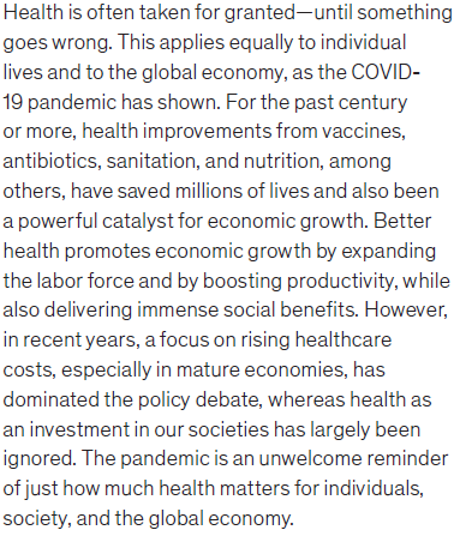
(Here we see the simple elegant equation again. Economic Health (GDP) = Health of Workforce)
Important estimates from MGI’s “Prioritizing Health” report2:
- The cost of ill-health in 2017 was more than $12 trillion, 15% of global GDP, or about the size of China’s economy that year.
- Use of known interventions (prevention and therapies) could reduce the global health burden 40% and provide a $12 trillion boost in global GDP by 2040.
- The vast majority of health gains – 70% – could come from preventing disease, not treating it.
- For each $1 invested in health, $2-$4 overall return is expected, again focused on prevention.
- The total combined value of health improvement, including quality of life social benefits, could reach $100 trillion by 2040.
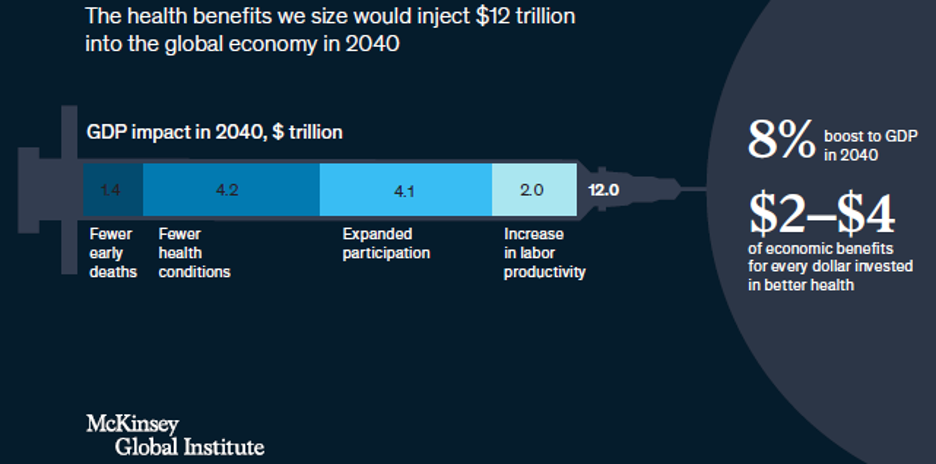
As shown above, McKinsey estimates that 70% of the health benefits in addressing rising age and lifesytle-related chronic conditions will be preventive, through existing means, with a 2x-4x return on investment, resulting in increased workforce populations and productivity, and increased global GDP of $12 trillion by 2040. These numbers are beyond staggering, but, looking at them in context of the 20th century, they make sense. McKinsey notes that in the 20thcentury, for advanced nations, improvements in health contributed fully one-third of GDP growth (as much as education). Today the 20th century’s health burdens (infectious diseases such as malaria, tuberculosis, and HIV/AIDS) are diminishing, while the “slow pandemic” of age and lifestyle-related chronic health conditions is on the rise. Therefore the report contends, that over the next twenty years, there needs to be a pivot and focus on age and lifestyle related chronic conditions – including cardiovascular, neurological, musculoskeletal, mental illness, vision, and digestive ailments – as they represent almost all the growth in health burdens that will adversely affect advanced populations and economies over the next two decades. And again, they contend, the focus needs to be on prevention (70% of the gains in economic health or GDP will come from prevention).

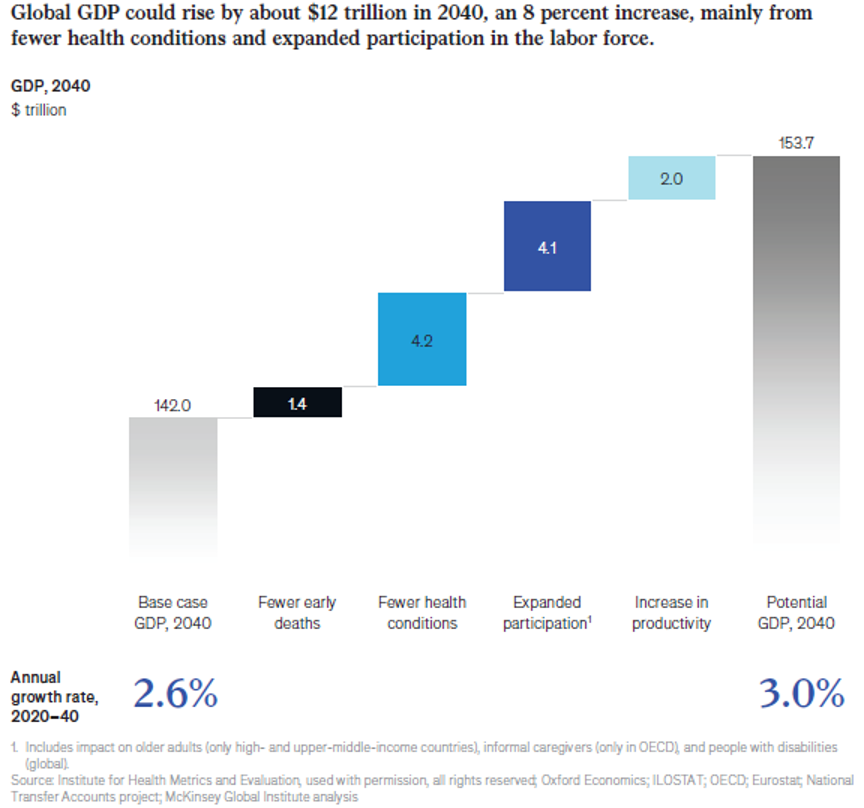

To complement our look into McKinsey’s recent research, let’s take numbers down from the macro economy to the micro individual. How much does poor health cost the individual? Or, how much more productive and wealthier could the individual become if healthy? In “Lifetime Costs of Bad Health”3 a working paper published through the National Bureau of Economic Research (NBER), researchers estimated that healthy people make about 28% more than unhealthy people over their lifetimes. Per their research, “Poor health affects individuals in four ways: By decreasing productivity, making individuals less useful at work, lowers survival probability, and increases medical spending. Long-term unhealthy people are also less patient and have a lower propensity to save, affecting long-term goals and financial stability.” For 65-year old males with a high school degree, the median wealth of the healthy is twice that of the unhealthy. This shows the accumulated effect of bad health over time. This research puts numbers behind the intuitive – there is twice the wealth in health.
Part III: What’s Hemp Got to Do with it?
When I first read McKinsey’s study estimating: (i) there is the potential for $12-$100 trillion in economic and social impact savings in 20 years, (ii) almost all the marginal growth in health burden during the next 20 years may come from age and lifestyle related chronic ailments in the body’s systems, and (iii) 70% of the reduction in this health-related burden on our bodies’ systems and thus savings would come through prevention, I thought of one more system, the ECS or endocannabinoid system. The endocannabinoid system overlays and interacts with all the body’s systems where the trillions in nations’ and workers’ health and wealth could be realized. Hemp and other plant-based phytocannabinoids, and all of their entourage lock and key effects with the ECS, will be an integral part of preventive wellness over the next 20 years and beyond. Again, it’s hemp and hemp-based phytocannabinoids, it’s beyond serendipitous in its timing, it’s “structural”, and it’s nations’ and their citizens’ health and wealth in the trillions.
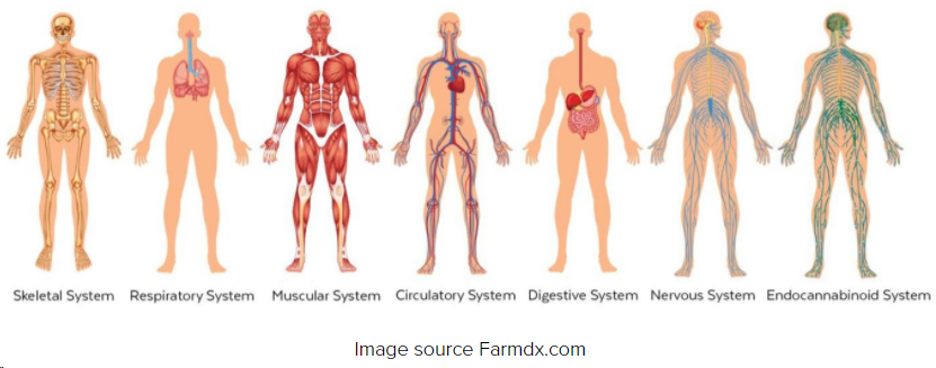
Now, there is a caveat with respect to McKinsey’s “Prioritizing Health” study – it is focused on government, business, and community organizations. That is, they are the ones responsible and requisite for making the preventive investment to achieve these gains. But, what if we ourselves are responsible for making the bulk of the investment? Many of the measures are low cost, high ROI and involve personal responsibility. It is our health, our workforce participation, our productivity that drives not only GDP and our nations’ health, but also our personal wealth as outlined by NBER in “Lifetime Costs of Bad Health” where there is two times the wealth in health. McKinsey estimates the majority of the health benefits can be achieved at less than $1,000 per additional “healthy year” in advanced nations. What about $2,000 or $3,000? How many additional “healthy years” can an investment in phytocannabinoid wellness add to your life? How much health and wealth will this create for you, your family, your community and your nation? Is it worth it? In a time of seemingly uncontrollable outcomes in so many areas, to invest towards $100 trillion in economic and social wellbeing…I’d say yes.
1, 2 Remes, J., et.al. (2020, July). Prioritizing health: A prescription for posperity (Rep.). Retrieved August 31, 2020, from McKinsey Global Institute website: https://www.mckinsey.com/industries/healthcare-systems-and-services/our-insights/prioritizing-health-a-prescription-for-prosperity#
3 DeNardi, M., Pashchenko, S., & Porapakkarm, P. (2018, October). The Lifetime Costs of Bad Health (Working paper No. 23963). doi:10.3386/w23963
About Zilis’ Scientific Research & Development Department
Our Scientific Research and Development Department is headed up by Dr. Marielle Weintraub, a hemp industry expert. She holds a master’s and a PhD in Behavioral Neuroscience and is very active in many dietary supplement and hemp industry trade associations, including her role as the current President of the U.S. Hemp Authority. Dr. Weintraub is committed to the continued development of hemp-specific information and testing to fulfill the Zilis mission.
Science posts for Discover are co-researched and co-written by Kelly McGill, Senior Scientific Technical Writer at Zilis. Kelly holds a bachelor’s degree in English and a master’s in Linguistics / TESL. She has been writing science-related content for over 20 years and is an expert in making difficult concepts easy to understand.v
Zilis is the creator of UltraCell™, a CBD oil product derived from hemp. Based in Argyle, Texas, a suburb of Dallas-Fort Worth, Zilis is privately held. Visit zilis.com for more information.
SHARE THIS POST
ABOUT THIS BLOG
Discover : The blog with the lifestyle, nutrition, science, and history of the hemp industry.
It’s your go-to for the most up-to-date information on hemp, CBD, dietary supplements, and more! Check it out!

